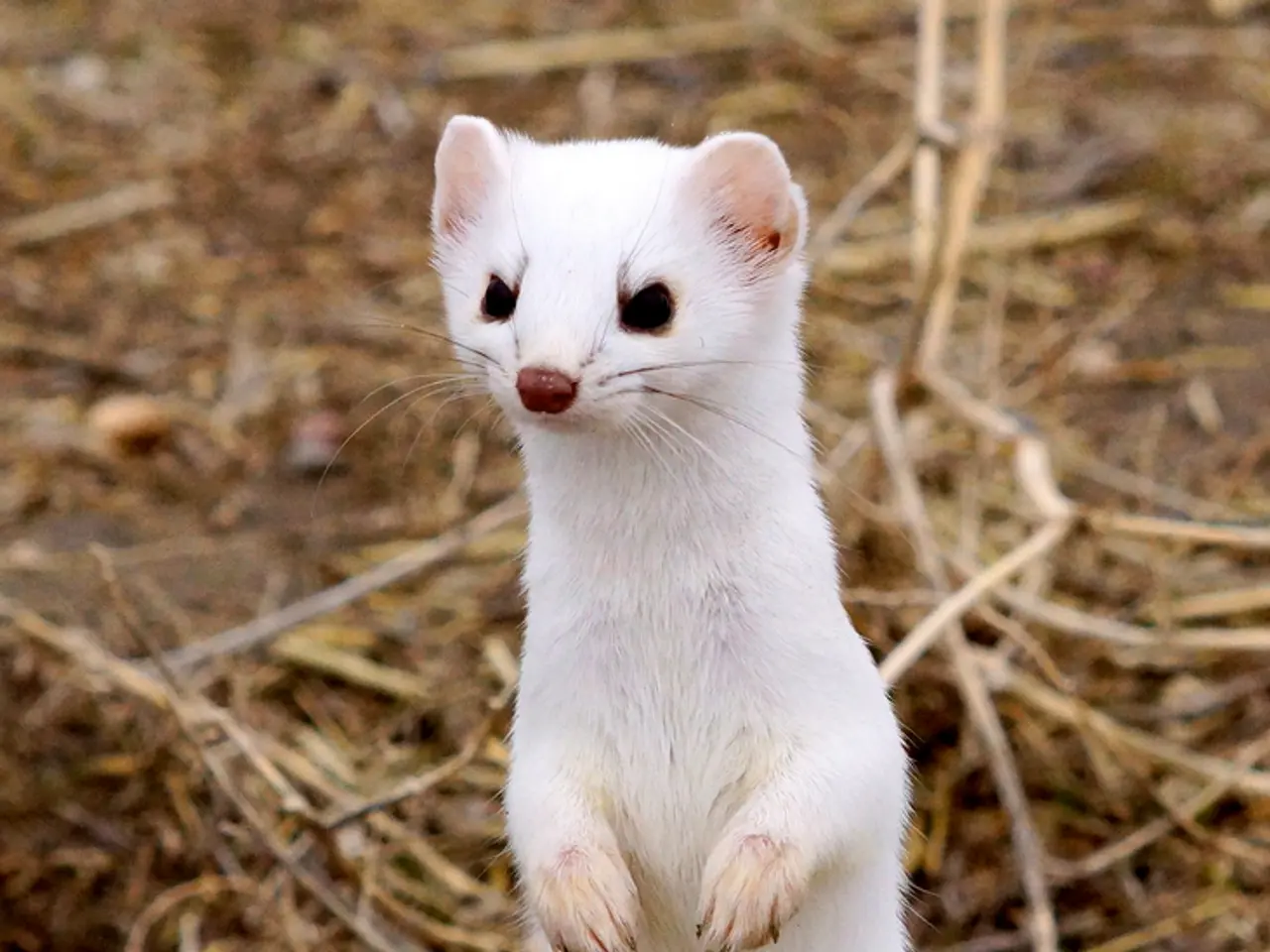Wild Worms Constructing Fleshy Structures in Their Natural Habitat
In a groundbreaking discovery, scientists have uncovered a fascinating behaviour exhibited by wild roundworms (nematodes). These tiny organisms, often found in soil, have been observed building fleshy, writhing towers in their natural environment.
This intriguing behaviour serves as a means of dispersal, attracting vectors such as insects or other animals. The towers, which resemble small, moving structures, are essentially aggregations of nematodes that wriggle together. They can be visually or chemically attractive to passing creatures, providing an opportunity for the nematodes to hitch a ride to new environments.
Serena Ding, a researcher at the Max Planck Institute of Animal Behaviour, led the study that detailed this discovery, published in Current Biology. Ding's goal is not just to understand how this behaviour is generated, but also what it means for the animal from an ecological and evolutionarily relevant perspective.
The towers are used by the worms to climb onto animals or objects for dispersal. Previously, this behaviour was only observed in lab conditions. However, the team's recent findings reveal that these towers can be found in decaying fruits strewn across orchards near the University of Konstanz.
Interestingly, the towers are made of only one species at a time and collectively respond to stimuli like being touched. The researchers found no evidence of lab worms taking on different roles inside the tower. Moreover, the worms were equally mobile, and none appeared to have an advantage over others in becoming the head of the tower.
Another significant finding is that the towers are built by dauer worms, a larval stage of life some worms adopt to survive harsher environments. However, the natural towers they found were only made out of dauer worms, suggesting that this behaviour may be more common during that stage of life.
The roundworms, being small, soil-dwelling organisms, cannot travel long distances on their own. The towering behaviour, therefore, plays a crucial role in their dispersal, allowing them to colonize new areas, maintain genetic diversity, and find new hosts or substrates essential for their survival and reproduction.
Ding hopes her team's work can impart a valuable lesson to other worm researchers, emphasising the importance of studying worms in their natural environment. She argues that there's still plenty more to be learned from studying well-known organisms like C. elegans from a more natural perspective.
In essence, these writhing towers can be seen as temporary "superorganisms," similar to slime molds or certain ants, facilitating the dispersal of these humble, yet resilient, roundworms. The team plans to pursue these mysteries further, shedding light on the complex and fascinating world of these microscopic creatures.
- The discovery of roundworms building towers in their natural environment has significant implications for health-and-wellness, as this behavior could impact the spread of worms to new environments.
- Gizmodo reports that this intriguing behavior of nematodes may also be relevant to fitness-and-exercise, as passing creatures could potentially enhance the dispersal abilities of these organisms.
- The study, published in Current Biology, sheds light on the role of technology in unlocking secrets of environmental-science, specifically the behavior of wild roundworms.
- As the towers are chemically attractive, technological advancements in scent detection might be employed to better understand the triggers for this fascinating behavior.
- Reflecting on the broader implications, the towering behavior of roundworms could symbolize resilience and adaptation in the face of environmental challenges, a crucial aspect of future science and technology.




